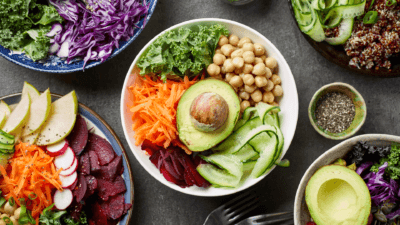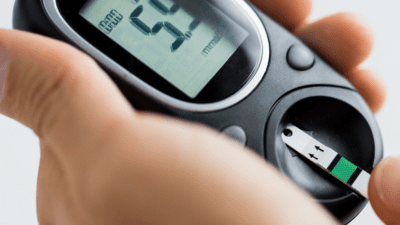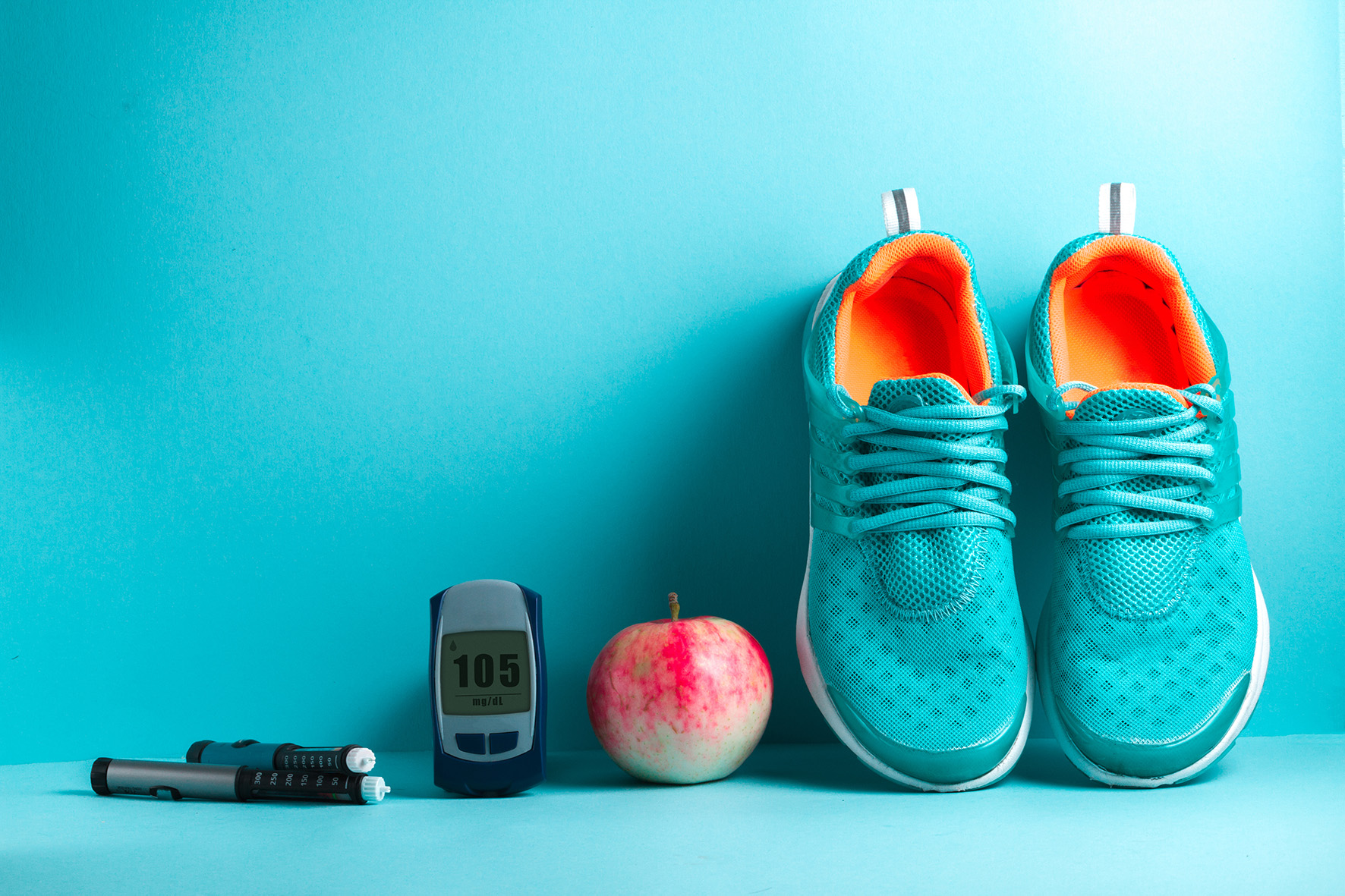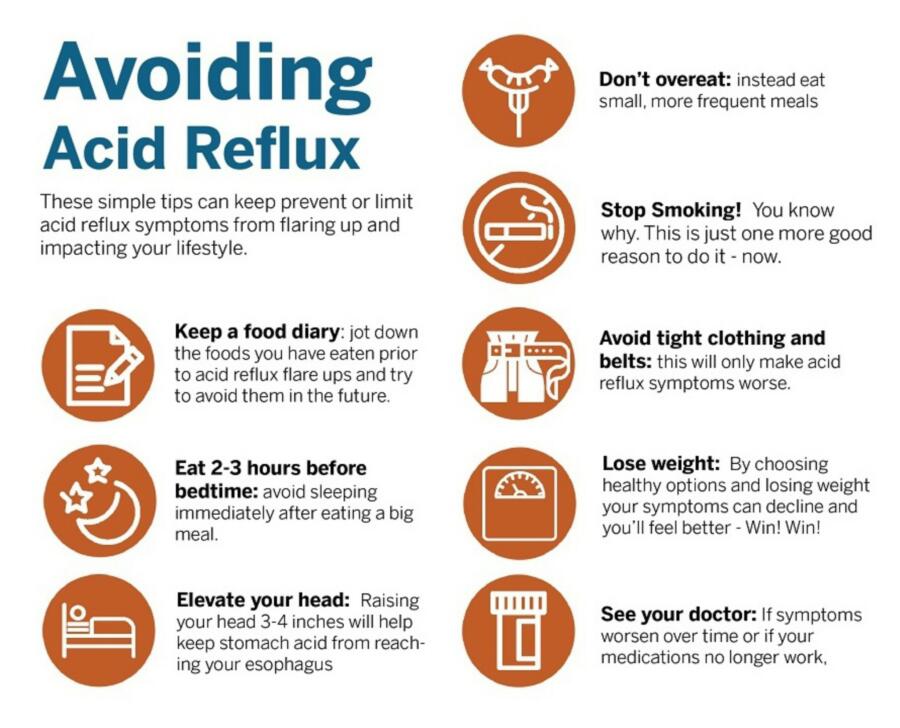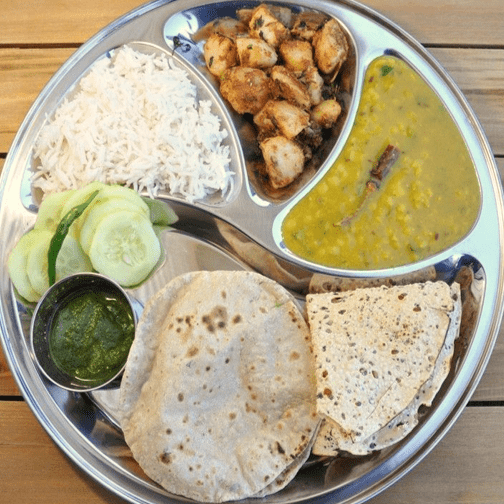
Guess what? Having diabetes or prediabetes doesn’t mean you have to kiss dining out goodbye. It’s all about smart planning and making savvy choices. Whether you’re following a 7-day meal plan for prediabetes, a free prediabetes diet plan, or even a 30-day meal plan for prediabetes, here are essential tips for eating out with pre-diabetes that ensure you can enjoy a fulfilling dining experience without compromising your health goals.
Explore Global Cuisine for Healthier Choices
Turns out, the best dining options for those with diabetes or prediabetes often lie in global cuisine. Indian and Thai restaurants, for example, are typically brimming with veggie-centric, lower-carb dishes that fit perfectly into a diet for prediabetes, especially for females looking for balanced, nutritious meals. Fancy a bit of Mexican or a cozy bistro meal? These places often dish out diabetes-friendly meals too, making eating out with pre-diabetes a delightful and stress-free experience.
The Winning Formula: Protein, Fat, and Fiber
When ordering, think protein, fat, and non-starchy veggies. This combo keeps carbs in check. Here are some meal ideas:
- Lettuce-wrapped burger with veggies or salad.
- Protein-rich salads (think fish, chicken, steak).
- Zoodles with cream sauce and your choice of protein.
- A double whammy of veggies and grilled protein (chicken, fish, etc.).
- Taco salad (hold the shell, please).
- Fajitas sans tortillas.
- Meat and veggie skewers.
- Tandoori dishes and curries (skip the rice).
- Sashimi, poke, tartare.
- Stir-fry with protein and veggies.
- Omelets or eggs with meat or smoked salmon.
- Broth-based soups with chicken and vegetables.
Pre-Plan at Diabetes-Friendly Restaurants
Scour the menu ahead of time. This prep helps you avoid impulse choices. Watch out for hidden sugars and carbs, especially in sauces. Here’s a quick guide:
Go for: Mayonnaise, olive oil, vinegar, butter, hot sauce, non-sweet mustard, sour cream, and cream-based dressings (like ranch or Alfredo).
Avoid: Honey mustard, raspberry vinaigrette, BBQ sauce, Thousand Island, French dressing.
Customize Your Meal: It’s Okay to Ask!
It’s totally fine to ask for meal adjustments:
- Opt for bunless or lettuce-wrapped burgers.
- Tacos on lettuce instead of tortillas.
- Swap main dishes for low-carb appetizers.
- Request the bread or chips basket be removed.
- Substitute starchy sides with veggies like broccoli or zucchini noodles.
- Ask for sugar-free dressing options.
- Choose grilled or broiled proteins over breaded, or fried options.
Navigating the menu at a restaurant can be challenging for individuals with diabetes or prediabetes. The key to eating out is to plan, make informed choices, and focus on a balanced meal approach.
1. Do Your Homework
Before you head to the restaurant, look up the menu online. Many eateries provide nutritional information, allowing you to pre-plan your meal in line with your simple pre-diabetic meal plan or free pre-diabetic meal plan. This proactive approach can help you avoid impulse decisions influenced by hunger or peer pressure.
2. Understand Portion Sizes
Portion control is crucial in managing diabetes. If the portions at the restaurant are large, consider sharing a meal with someone or asking for a half-portion. You can also request a to-go box at the start of the meal and set aside a portion of your meal for later, aligning with your 7-day or 30-day meal plan for prediabetes.
3. Balance Your Plate
Aim for a balance of carbohydrates, proteins, and healthy fats. Opt for lean protein sources like grilled chicken, fish, or tofu. Incorporate non-starchy vegetables to add volume to your meal without significantly increasing carbohydrate intake, which is a cornerstone of a free prediabetes diet plan.
4. Choose Carbohydrates Wisely
Be mindful of your carbohydrate choices. Opt for whole grains over refined ones and be cautious with high-carb items like bread, pasta, rice, and sugary desserts. If you decide to have a carbohydrate-rich dish, balance it with protein and fats to stabilize blood sugar levels, as recommended in a simple pre-diabetic meal plan.
5. Beware of Hidden Sugars and Fats
Salad dressings, sauces, and gravies can be laden with sugar and unhealthy fats. Request these items on the side so you can control the amount you consume. Likewise, avoid fried foods and choose cooking methods like grilling, baking, or steaming.
6. Stay Hydrated
Drink water or unsweetened beverages. Sugary drinks can cause a rapid spike in blood sugar levels. If you enjoy alcohol, opt for a glass of wine or a light beer, and remember to drink in moderation.
7. Communicate Your Needs
Don’t hesitate to ask the server about meal preparation methods or ingredients. Most restaurants are accommodating and can modify dishes to suit your dietary needs.
8. Monitor Your Blood Sugar
Keep an eye on your blood sugar levels before and after the meal. This will help you understand how different foods affect your glucose levels and assist in making future dining decisions.
9. Enjoy Your Meal Mindfully
Eating should be a pleasurable experience. Eat slowly, savor each bite, and enjoy the company you’re with. This mindful approach can prevent overeating and helps in better digestion and blood sugar control.
10. Regular Physical Activity
Incorporate some physical activity on the day you plan to eat out. A walk or light exercise can help in managing blood sugar levels, complementing your 7-day, 30-day, or any structured meal plan for prediabetes.
Conclusion
Eating out with diabetes or prediabetes doesn’t mean you have to miss out on delicious meals or social occasions. With careful planning and smart choices, such as following a free prediabetes diet plan or if appropriate diet for prediabetes females, you can enjoy a satisfying dining experience while keeping your health on track. Remember, moderation is key, and occasional indulgences are part of a balanced lifestyle. Managing diabetes or prediabetes doesn’t have to limit your dining experiences. With a little planning and these handy tips, you can enjoy a fulfilling meal out while staying on track with your health goals. Remember, you’re in control of your diet, so don’t hesitate to customize your meal to fit your needs. Happy dining!”

